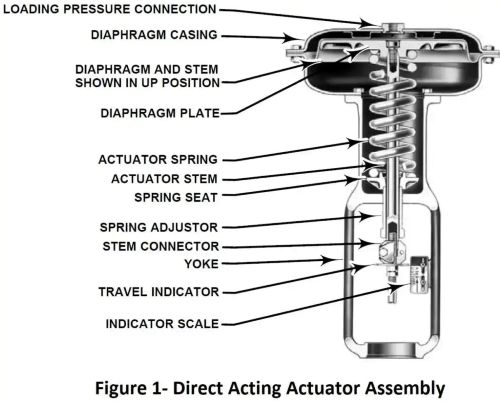


Understanding Control Valves: Components, Operation, and Types
We are a leading control valve manufacturer in China, delivering high-quality valves and control actuators designed to meet a wide range of industrial applications.
Control valves are vital components in industrial processes, responsible for regulating the flow of fluids, gases, or slurries to maintain desired process conditions. By precisely adjusting flow rates, control valves ensure optimal system performance, safety, and product quality. This article explores how control valves work, their key components, common types, and their significance across industries.
Every control valve consists of several essential parts that work together to modulate flow:
Valve Body
The main housing that contains the internal components and directs fluid flow.
Actuator
The mechanism that moves the valve stem or plug. Actuators may be pneumatic (air-powered), electric, or hydraulic.
Valve Stem
Connects the actuator to the valve plug or disc, transmitting motion to open or close the valve.
Valve Plug (or Disc)
The movable element that adjusts the flow passage inside the valve body.
Seat
The sealing surface against which the plug rests to stop flow.
Positioner
A feedback device that compares the control signal to the valve’s actual position, making adjustments to ensure accurate flow regulation.
Control valves operate by modulating the position of the valve plug relative to the seat, thus varying the size of the flow path:
Receiving the Control Signal
The valve receives an input from a process controller, which can be pneumatic (3–15 psi), electric (4–20 mA), or digital, indicating the desired flow setting.
Actuator Movement
Based on the control signal, the actuator moves the valve stem. Pneumatic actuators use compressed air, electric actuators use motors, and hydraulic actuators use fluid pressure.
Flow Adjustment
Movement of the valve stem changes the plug’s position against the seat, increasing or decreasing flow passage size, thereby controlling flow rate.
Position Feedback
The positioner monitors the stem’s position and provides feedback to the actuator, ensuring the valve matches the intended position for precise control.
Different valve types suit varying applications and operating conditions:
Globe Valves:
Known for precise throttling, globe valves feature a spherical body and a movable plug, making them ideal for fine flow control.
Ball Valves:
With a rotatable ball containing a flow hole, these valves offer quick shut-off by aligning or misaligning the hole with the flow path.
Butterfly Valves:
Employing a rotating disc, butterfly valves handle large volumes and low-pressure flows efficiently.
Diaphragm Valves:
Use a flexible diaphragm to regulate flow, suitable for corrosive or viscous fluids.
Gate Valves:
Primarily designed for on/off control, gate valves use a sliding gate to block or permit flow but are not suited for throttling.
Control valves are indispensable across industries like oil and gas, chemical processing, water treatment, and power generation. They ensure process efficiency, safety, and product quality by maintaining accurate control over flow and pressure.
For instance, in chemical plants, control valves regulate reactant flow to sustain optimal reaction conditions, directly influencing product yield and quality. In water treatment, valves control the dosing of chemicals and water flow to ensure safe and effective treatment.
Control valves are complex yet essential devices enabling precise regulation of fluid flow in industrial systems. Understanding their components, operation, and types is key to optimizing process control and maintaining safe, efficient operations. By managing flow rates and pressures accurately, control valves help achieve desired process outcomes and improve overall system performance.Know more about Google SEO Directory
